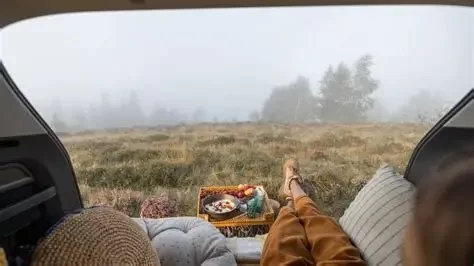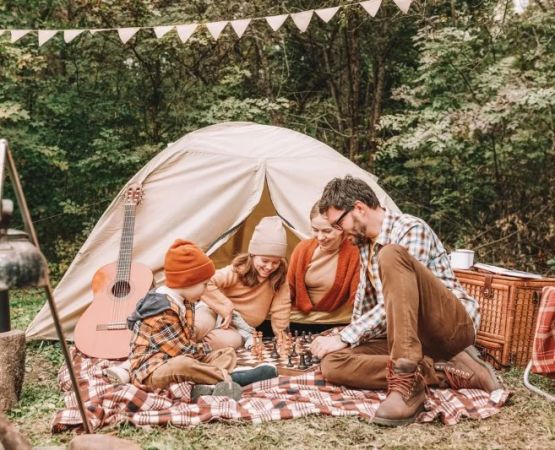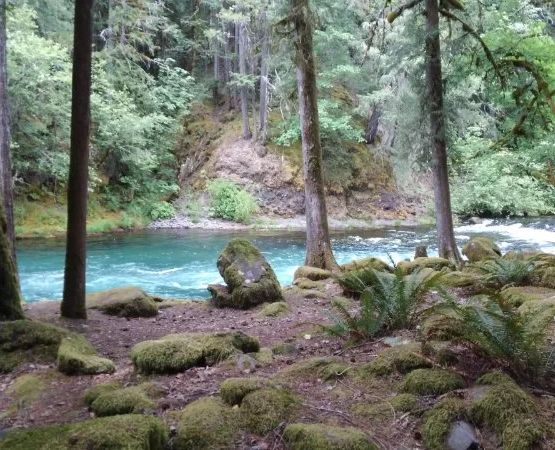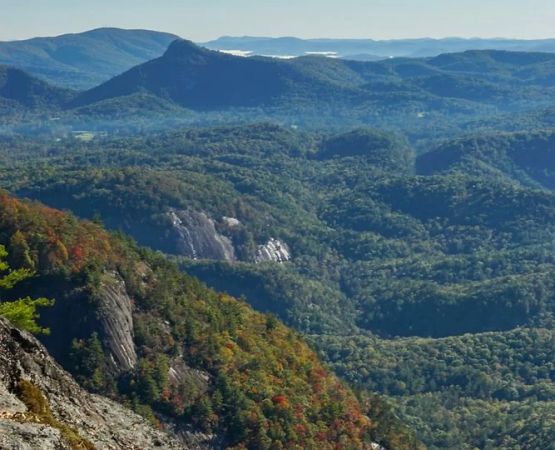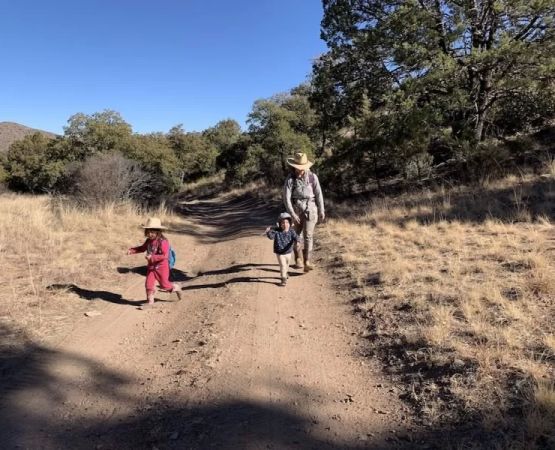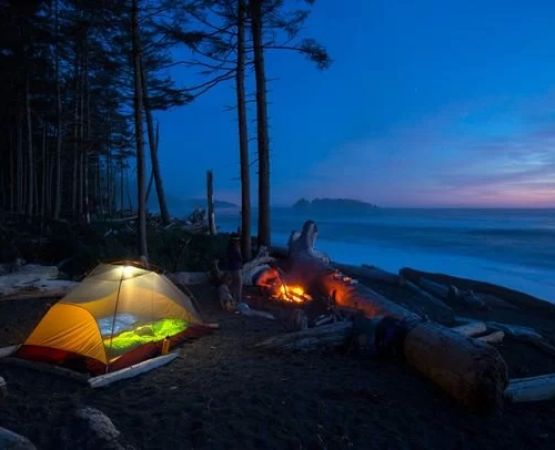- Understanding Landslide Dangers for Car Campers
- Choosing a Safe Campsite When Car Camping
- Pre-Trip Preparation and Safety Planning
- Essential Emergency Supplies to Carry
- What to Do If a Landslide Occurs
- Real Experiences and Practical Lessons
- Building Long-Term Safety Awareness
Understanding Landslide Dangers for Car Campers
When camping with a vehicle, the risks of landslides are different but just as serious as in tent camping. The added weight of your car means it could become trapped under debris, block escape routes, or be pushed into rivers or ditches during a slide. Car campers often choose scenic roadside spots or mountain pull-offs, which are also areas most vulnerable to sudden rockfalls and soil movement. Recognizing the risks and acting early is key to staying safe.
Choosing a Safe Campsite When Car Camping
The location of your car campsite plays a critical role in safety. Avoid parking at the base of steep hills, beneath cliffs, or in dry creek beds. These are the first places that give way during a landslide. Instead, choose wide, flat areas with stable ground, ideally on elevated terrain away from slopes. At destinations like Pine Cliff Resort, staff often advise visitors on safe parking and camping zones to reduce exposure to natural hazards.
Pre-Trip Preparation and Safety Planning
Proper preparation can make the difference between a safe trip and a disaster. Check recent weather conditions—landslides are far more common after prolonged rainfall or snowmelt. Research the geology of the camping area to understand its history of slides. Plan at least two exit routes and ensure your vehicle has enough fuel to leave quickly. Inform friends or family of your itinerary and estimated return. These small steps can provide security if conditions suddenly change.
Essential Emergency Supplies to Carry
Car campers have the advantage of more storage space, which makes carrying an emergency kit easier. Essentials include bottled water, non-perishable food, a first-aid kit, high-visibility clothing, and tools such as a flashlight, shovel, and multi-tool. A battery-powered weather radio is invaluable for receiving alerts. It’s also wise to pack traction mats or tow straps in case your vehicle gets stuck in loose soil or debris. Many outdoor gear shops near Pine Cliff Resort provide customized emergency kits designed for car campers.
What to Do If a Landslide Occurs
If a landslide begins while you’re in your car, leave the vehicle immediately if safe to do so and move uphill, away from the flow path. Cars provide little protection against massive debris. If you cannot escape, stay inside with your seatbelt fastened and protect your head with your arms until movement stops. After the slide, assess your surroundings carefully—secondary landslides can follow the first event. Having a pre-practiced action plan helps reduce panic in such critical moments.
Real Experiences and Practical Lessons
Several car campers in California’s Sierra Nevada reported surviving a sudden slide thanks to quick thinking. They had parked away from steep slopes and kept their emergency bags near the driver’s seat. When soil began shifting after heavy rains, they managed to drive out via an alternate route. In contrast, cases where cars were parked directly under hillsides often ended with vehicles buried and travelers requiring rescue. These real-world lessons emphasize the importance of site selection and readiness.
Building Long-Term Safety Awareness
Landslide preparedness is not a one-time action but a mindset for anyone who enjoys the outdoors. Campers should continue to educate themselves about terrain risks, update their emergency kits, and share knowledge with fellow travelers. Choosing established, safe sites like those at Pine Cliff Resort also provides added peace of mind. By combining preparation with caution, you can enjoy car camping adventures without unnecessary danger.

